Churches have long been a bastion of tradition, where rituals and customs are passed down through generations. Yet, as society evolves, some of these practices may seem outdated or irrelevant in today’s world. This article explores twelve such traditions that no longer resonate with modern congregations. While rooted in history, these customs may not hold the same significance for contemporary worshippers. By examining these practices, we aim to understand why they persist and whether they still serve their intended purpose. Join us as we delve into what might need reevaluation in our spiritual communities.
1. Passing the Offering Plate

In many churches, the offering plate is still passed from hand to hand, a practice dating back centuries. Initially, it served as a community-building exercise, allowing members to contribute to the church’s upkeep and charitable efforts. Today, with digital payment options widely available, this tradition seems less relevant. Some argue it disrupts the flow of the service, while others view it as a necessary ritual. However, with fewer people carrying cash, the offering plate may soon become a relic of the past.
2. Formal Dress Code

Dressing in one’s Sunday best was once a sign of respect and reverence in many religious communities. However, as society becomes more casual, the expectation of formal attire in church feels increasingly out of step. For some, the emphasis on appearance can be a barrier to participation, deterring newcomers who may not own suitable clothing. While tradition holds sway in some congregations, others are embracing a more relaxed dress code to foster inclusivity and accessibility.
3. Church Bells
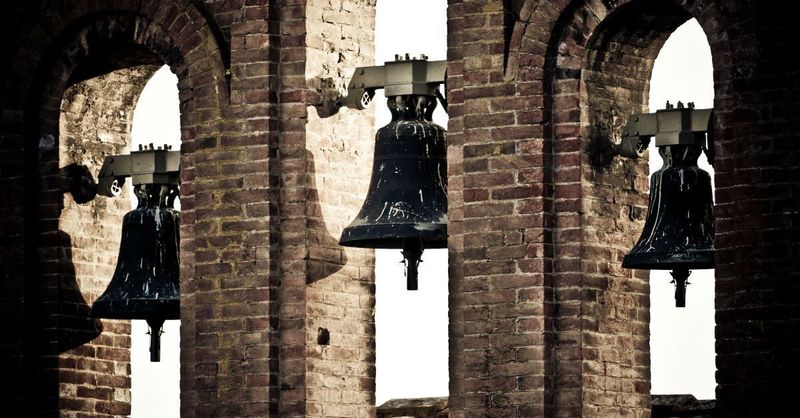
Church bells have long been used to call the faithful to worship, signal the time, or mark significant events. In an era of smartphones and digital reminders, their practical function has diminished. Though their melodious chimes evoke nostalgia for some, others find them intrusive or unnecessary. As urban environments grow denser, noise ordinances may further limit their use. Despite this, many churches continue to ring their bells, cherishing their historical and cultural significance.
4. Pews and Kneelers
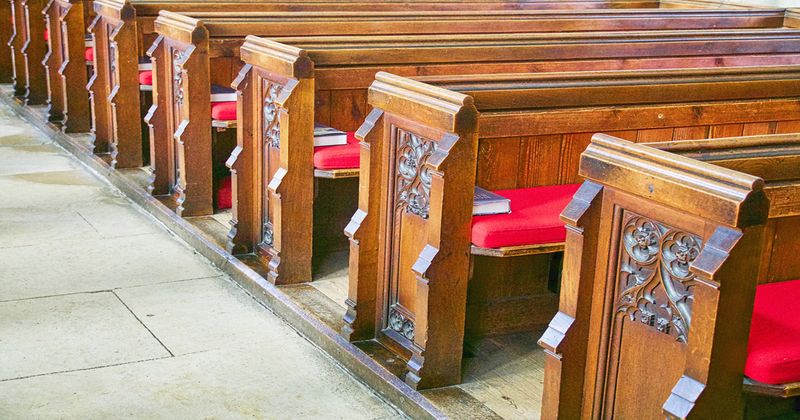
For centuries, pews and kneelers have defined the physical space of churches, dictating how congregants engage in worship. While offering a sense of order, they can also impose rigidity, making modern, flexible worship experiences challenging. As churches explore different styles of service, some are reconsidering these static furnishings. By adopting more adaptable seating arrangements, congregations can create welcoming spaces that reflect contemporary values of inclusion and community building.
5. Printed Hymnals
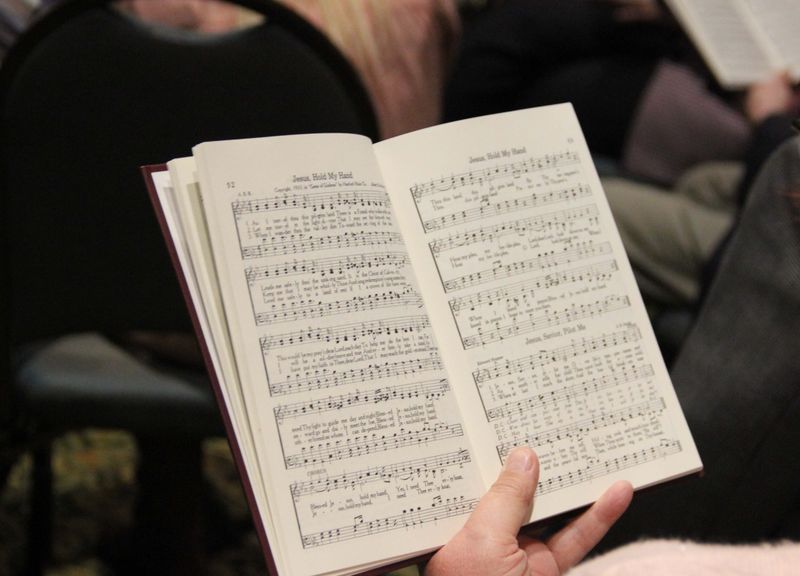
Once a staple of congregational singing, printed hymnals are becoming less common as technology takes center stage. With projectors and screens available, many churches have moved to digital displays for hymn lyrics and liturgies. This shift allows for more dynamic and varied musical selections. While some cherish the feel of a hymnal in hand, others appreciate the ease and environmental benefits of going digital. The challenge remains in balancing tradition with innovation in worship.
6. Strict Service Order
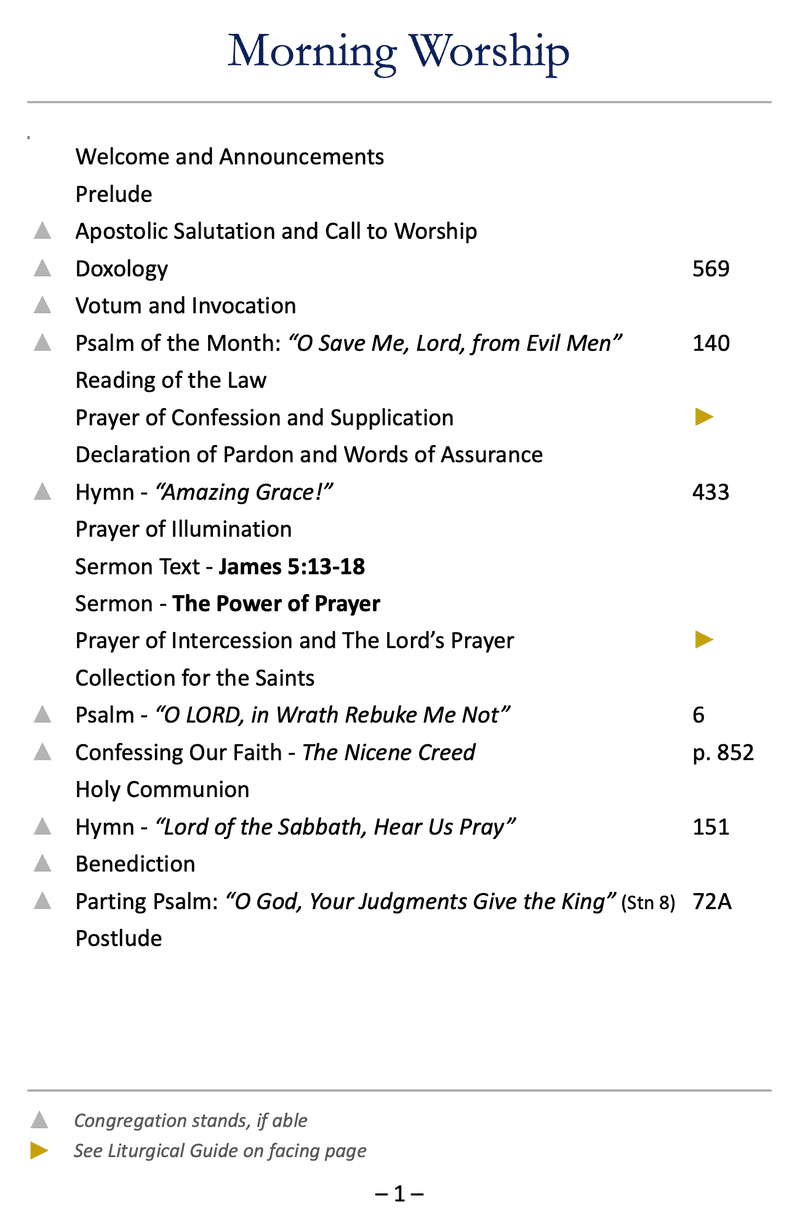
Traditionally, church services have followed a strict order, ensuring predictability and structure. However, as spiritual needs diversify, some congregations are seeking more spontaneous, flexible worship experiences. The rigid format can stifle creativity and limit the ability to respond to the congregation’s immediate needs. By loosening these constraints, churches can foster environments that are more responsive and engaging, meeting the diverse spiritual yearnings of their members.
7. Confessionals

Confessionals once played a central role in many religious traditions, providing a private space for penitents to confess sins. In today’s world, with changing views on privacy and sin, this practice may feel outdated to some. For many, open conversations with clergy or counseling offer more meaningful spiritual guidance. While confession remains important in some denominations, its traditional form may evolve to suit contemporary needs for transparency and dialogue.
8. Organ Music
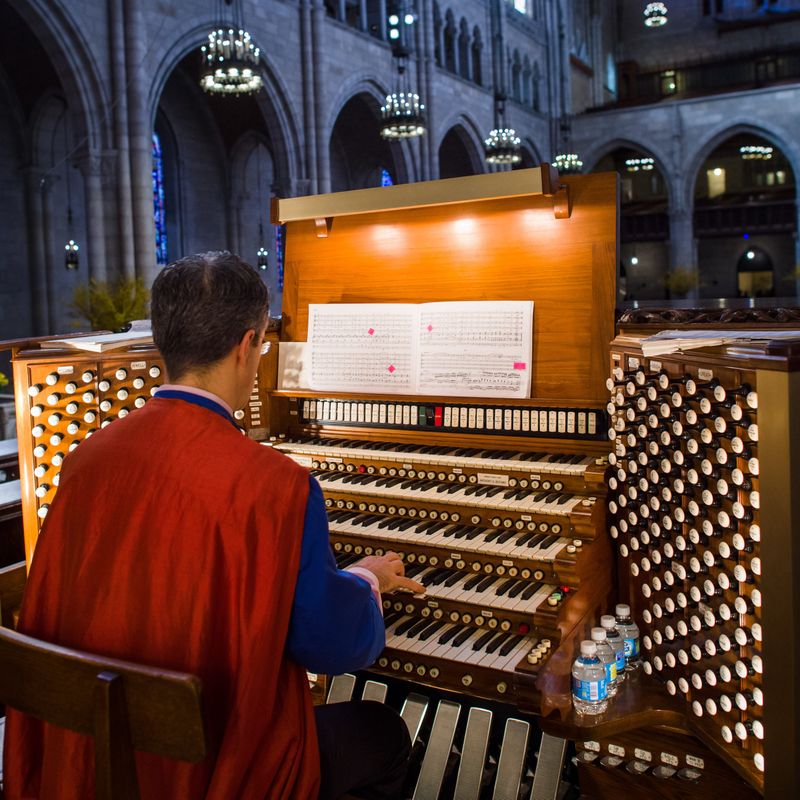
Once the centerpiece of church music, the pipe organ now faces competition from more contemporary instruments. While its majestic tones still inspire awe, many congregations are opting for guitars, pianos, and even full bands to lead worship. The shift reflects broader musical trends and the desire to engage younger audiences with familiar sounds. Some churches integrate both traditional and modern elements, seeking harmony between old and new worship expressions.
9. Sunday School

Sunday School has long been a cornerstone of religious education for children. Yet, as family schedules become busier, some find it challenging to commit to weekly classes. Alternative models, such as family-based learning or online resources, are gaining popularity. These approaches accommodate modern lifestyles while still offering spiritual instruction. The traditional Sunday School format may need reevaluation to remain relevant and effective in nurturing young faith.
10. Fasting During Lent

The Lenten fast is a time-honored tradition in many Christian communities, symbolizing sacrifice and reflection. However, its relevance is questioned in a world with diverse dietary needs and lifestyles. For some, the focus on abstaining from certain foods seems less pertinent than fostering spiritual growth through service or meditation. As people seek more personalized expressions of faith, the Lenten fast may evolve to incorporate diverse practices that resonate more deeply.
11. Baptismal Fonts
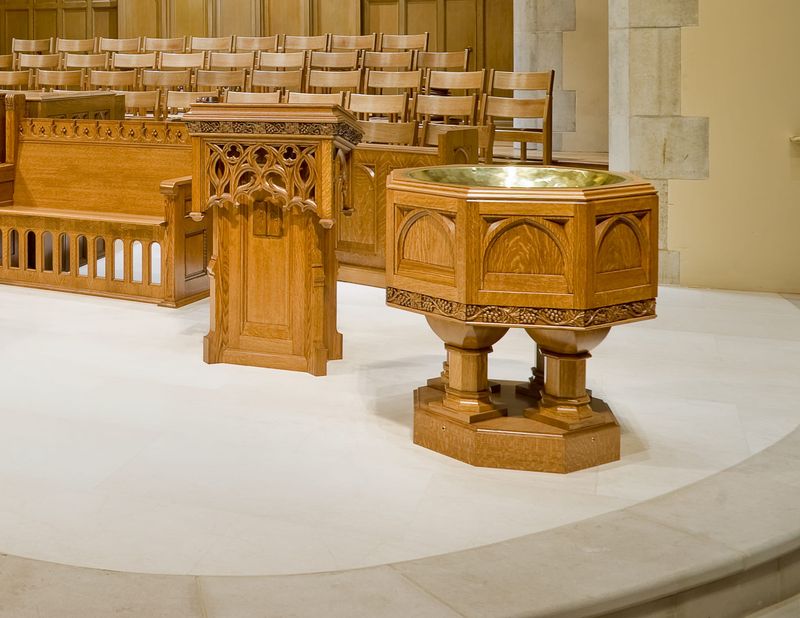
Baptismal fonts have long symbolized spiritual cleansing and initiation into the church community. Traditional fonts, often elaborate and immovable, may not fit modern churches seeking flexibility. Some congregations are adopting portable options, allowing for baptisms in diverse settings. This shift accommodates varied worship styles and offers more accessible entry points for new members. The essence of baptism remains, even as its expression adapts to contemporary needs.
12. Sermon Length
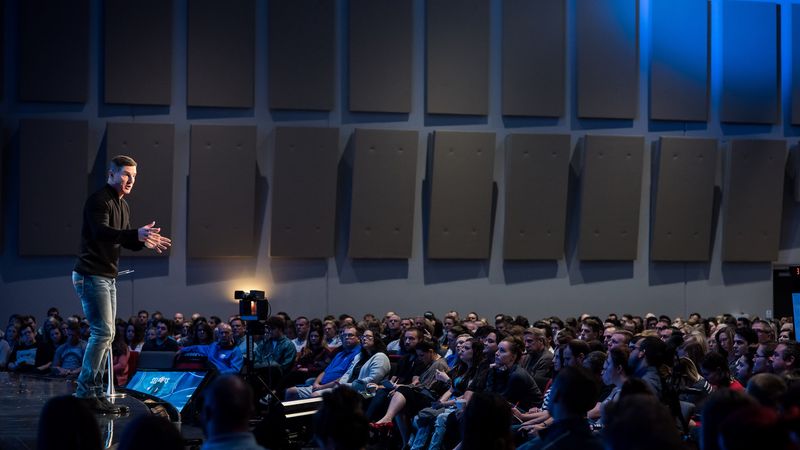
Long sermons have been a hallmark of many church services, offering in-depth theological exploration. In today’s fast-paced world, shorter, more engaging sermons are gaining favor. Congregants, accustomed to consuming information quickly, may find lengthy discourses challenging to follow. By embracing brevity and clarity, preachers can communicate effectively without losing depth. The shift reflects broader changes in attention spans and the desire for meaningful, relevant messages in worship.

Well, hello there!
My name is Jennifer. Besides being an orthodontist, I am a mother to 3 playful boys. In this motherhood journey, I can say I will never know everything. That’s why I always strive to read a lot, and that’s why I started writing about all the smithereens I came across so that you can have everything in one place! Enjoy and stay positive; you’ve got this!

